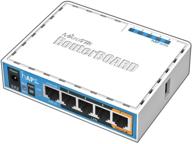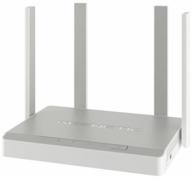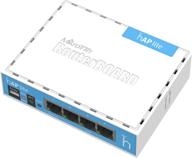
Review on 📶✨ Ubiquiti NanoStation M2 Wireless Access Point - AirMax (NSM2US) - Reliable and High-performance Connectivity, White by Dustin Wright

Worked great/better than NSM5. 500 foot hurdles. Edited for big TIP!
At first I used a pair of NSM5s to carry our 108Mbit connection. It goes through 3-4 drywall/wood paneling walls, possibly a few trees. NSM5 was working but the signal strength fluctuated between 2-3 bars. The signal strength was -76 to -80 which is not very good. The speed test showed 24 Mbps on a good day. I bought another pair of NSM2's as I read they work better with obstacles. Immediately after purchase, I noticed that the signal strength is 4 bars no matter which way you look. Taking it to a remote location I was impressed that the signal strength was 4 bars. I did a speed test and it gave me 92Mbps. Based on my little experiment, I'd say the NSM5 might be better if you have line of sight, like a long pole going over any obstacles in the way. NSM2 is better off obstacles. The cable company told me it would cost $5,000 to run a line to another house and it would take 2 months and after that I would have to pay them $60 a month. With a total investment of $170, it couldn't get any better. It's also more secure as burglars can't cut your cable or phone line to turn off all your security cameras. Highly recommended! Edit: I found that the default signal strength is 28dBm, which is the highest level available. It also puts out the most power at around 600 mW. The FCC limits the power of indoor antennas to 100 mW. The good news is that reducing the signal level by 3dB halves the performance. So if I reduce the signal level to 17dBm I should be in the 50mW range which is half the FCC maximum. I can also increase the volume by another 3 dB, but since it's in the bedroom I played it safe. How did it affect the signal? On a clear day I was able to get 75Mbps, which isn't bad, and when I tried it on a rainy day I got around 45Mbps, which wasn't bad either. My criterion is that I can watch 2 Netflix streams and at 45Mbps it can be 4k streams if I want to. EDIT: IMPORTANT TIP. If you don't have a device next to a window like I do, I used a Wi-Fi extender with an Ethernet port to mount the device next to a window. The difference was day and night. The connection speed is now up to 85 Mbps and it's raining outside. Before I used an extension cord, I got 30 Mbps going through two walls. It also helped me reduce radiation, which was the main reason I moved it.
- nice stuff
- I don't remember but there was something
New products
Comments (0)
Top products in 📶 Wireless Access Points
Another interesting products
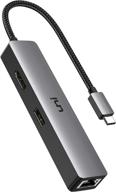
🔌 uni USB C Hub with Ethernet Adapter, 4K HDMI, Gigabit Ethernet, and 3 USB 3.0 Ports for MacBook Pro, iPad Pro, XPS

11 Review
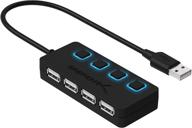
HB-UMLS Sabrent USB 2.0 Hub with 4 Ports and LED Power Switches for Each Port

12 Review
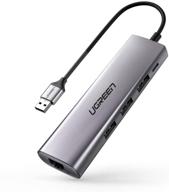
UGREEN USB 3.0 Ethernet Adapter Hub with RJ45: Fast Gigabit Ethernet Converter, 3 Ports USB 3.0 Hub Compatible for MacBook, iMac, Surface Pro, Chromebook, Laptop, PC

11 Review
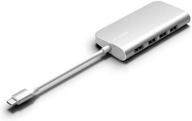
🔌 Juiced Systems Silver BizHUB USB-C Multiport Gigabit HDMI Hub with 3 USB 3.0 Ports, Gigabit Ethernet, 4K HDMI, SD/Micro SD, and USB-C Power Delivery

11 Review


